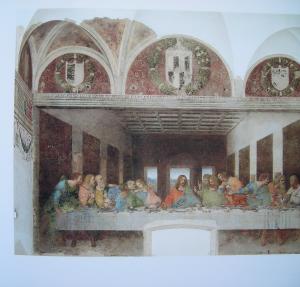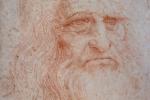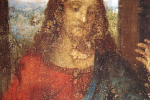Leonardo da Vinci's Last Supper
(Image - View of Leonardo's Last Supper)
The commemoration of Jesus’s farewell meal with his twelve disciples, known as The Last Supper, or Cenacolo, is amongst the most widely represented subjects in the history of Christian Art closely related to the institution of the sacrament of the Eucharist, re-enacted every time a Holy Mass is celebrated.
But before Leonardo’s masterpiece was carried out artists seemed to be more interested in the religious aspect of the Last Supper rather than in the investigation of human feelings that follows the announcement of Jesus’ imminent betrayal by one of them.
The Last Supper execution at St. Maria delle Grazie took a few years because of Leonardo’s erratic methods. Painted on a wall with a medium based on egg and oil that unlike the fresco technique proved its frailty almost from the start, the Last Supper was hailed as a masterpiece since it’s appearance and held in the greatest veneration not only by the local artistic milleu but by artists and erudites from all over Europe.
Today if we can argue that the choice of a mural support and the inadequate tempera technique resulted in the immediate and irreversible deterioration of Leonardo’s Last Supper, conversely we can claim that the same reasons thwarted whatever attempt to strip the masterpiece from its original premises and relocate it elsewhere.










